From Kolikata to Calcutta to Kolkata, every change in the city’s nomenclature makes for an interesting story. So, it’s not quite a surprise that the names of many of the streets in Bengal’s capital, once also the capital of the British Raj, could tell you a riveting tale or two. If only they could talk! Here are some of our favourite anecdotes...
Sudder Street
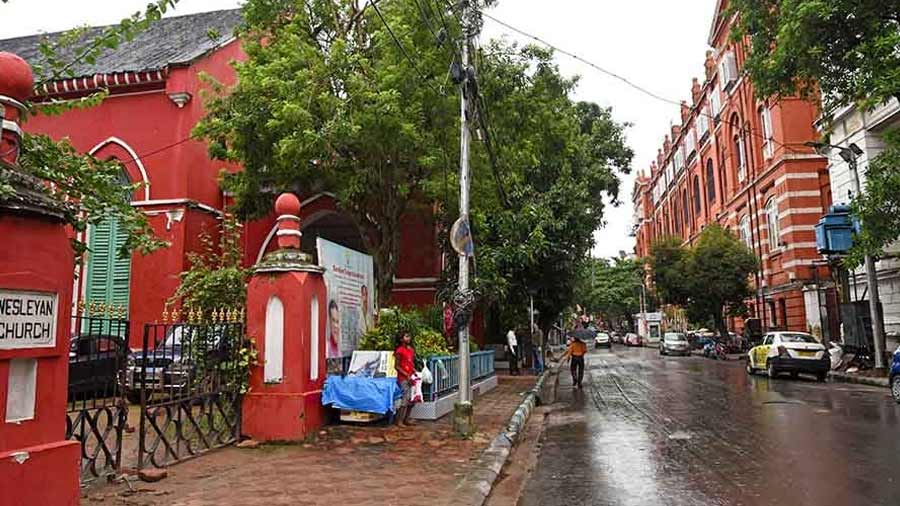
Amit Datta
Located next to the Indian Museum it is named after the Sudder Dewany Court, established by the British in 1772, where people who lived outside Kolkata but within the Bengal Presidency sought legal remedies. The street is also home to the Hotel Plaza. The plaza was once a residential property where the poet Rabindranath Tagore composed ‘Nirjharer Swapna Bhanga’ while staying with Jyotindranath Tagore and Kadambari Devi.
Duel Avenue
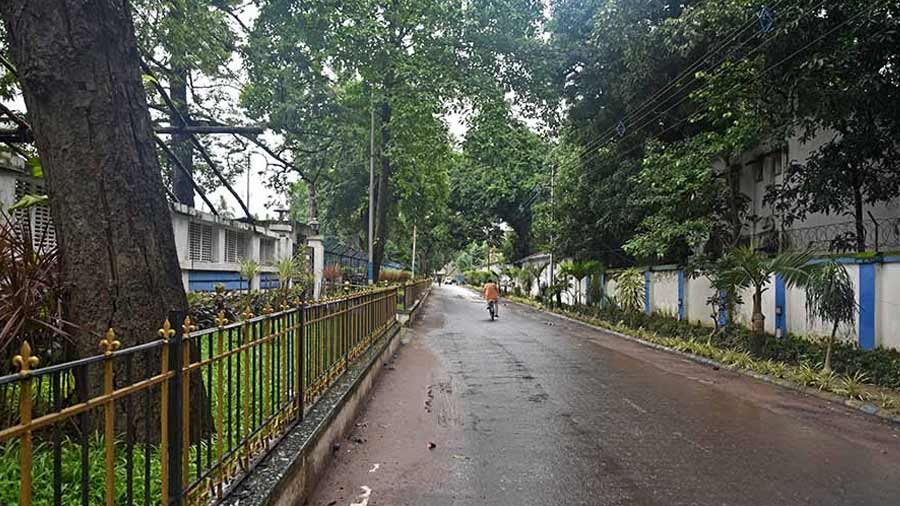
Amit Datta
The modern-day location of the Kolkata Armed Police Headquarters takes its name from the spot where the 1780 Hastings-Francis duel took place. Warren Hastings, the first governor of the Bengal Presidency, and Philip Francis, a member of the Bengal Supreme Council, had a falling-out over policies. Francis was shot but survived his injury. Hastings later emerged victorious in impeachment proceedings.
Jessore Road
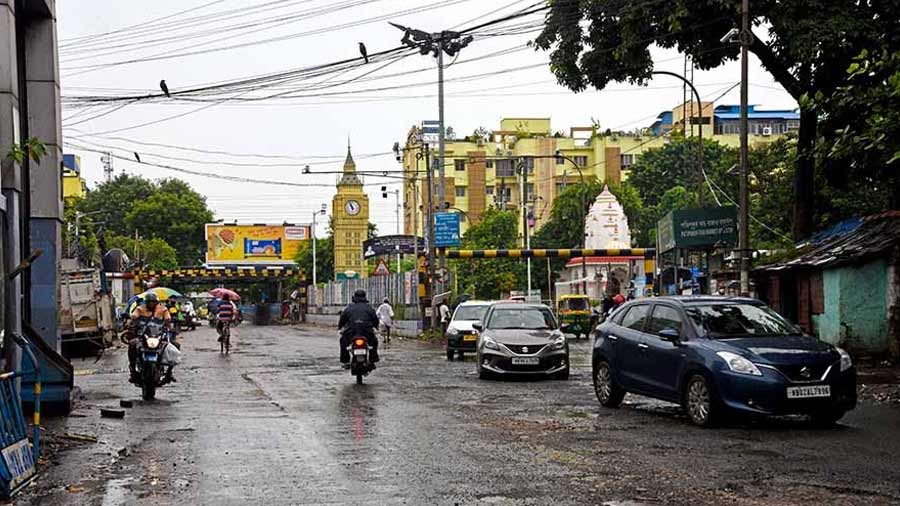
Amit Datta
The road which connects India and Bangladesh takes its name from Jessore in Bangladesh’s Khulna district, which is where it ends. It has been in existence since the 12th century at least, with the Turks used it to attack Bengal. It became popular in the western world with American poet Allen Ginsberg’s work September on Jessore Road, which focused on the suffering of the East Bengali refugees after the 1971 Bangladesh Liberation War.
JBS Haldane Avenue
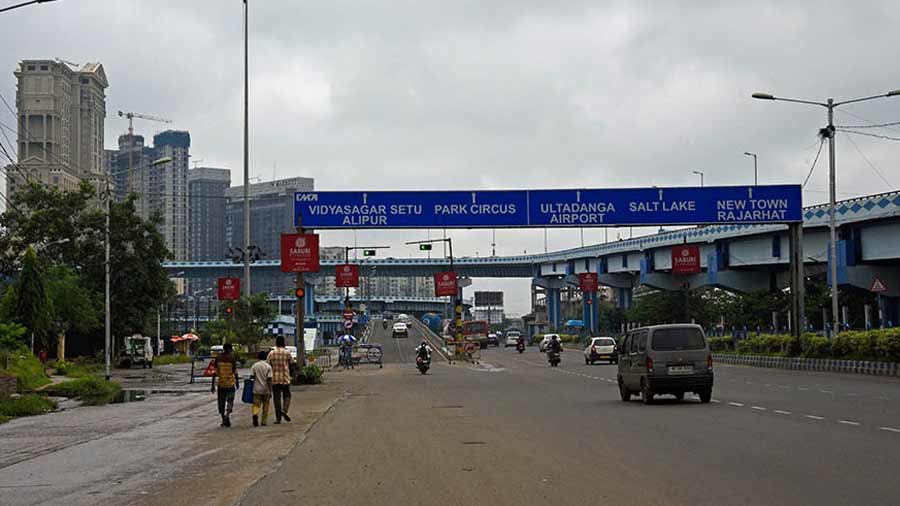
Amit Datta
The avenue, known for being host to ITC Sonar, is named after the British scientist JBS Haldane. Haldane had headed the Biometry unit at the Indian Statistical Unit in Kolkata after coming here in the 1950s. Haldane, dissatisfied with the Bengal bureaucracy, moved to Odisha at the instigation of Biju Patnaik who was then the Chief Minister of Odisha. The location of Science City in this avenue, named after the disenchanted genius, reflects the brain drain of Kolkata.
Ho Chi Minh Sarani

Amit Datta
The Left Front government which once ruled in Bengal changed the name of this road from Harrington Street to Ho Chi Minh Sarani, reflecting where its sympathy lay during the Vietnam War. Ho Chi Minh, meaning ‘He Who Enlightens’, was the name taken by the Vietnamese leader Nguyen Sinh Cung, who served as both Prime Minister and President of North Vietnam.
Prince Anwar Shah Road
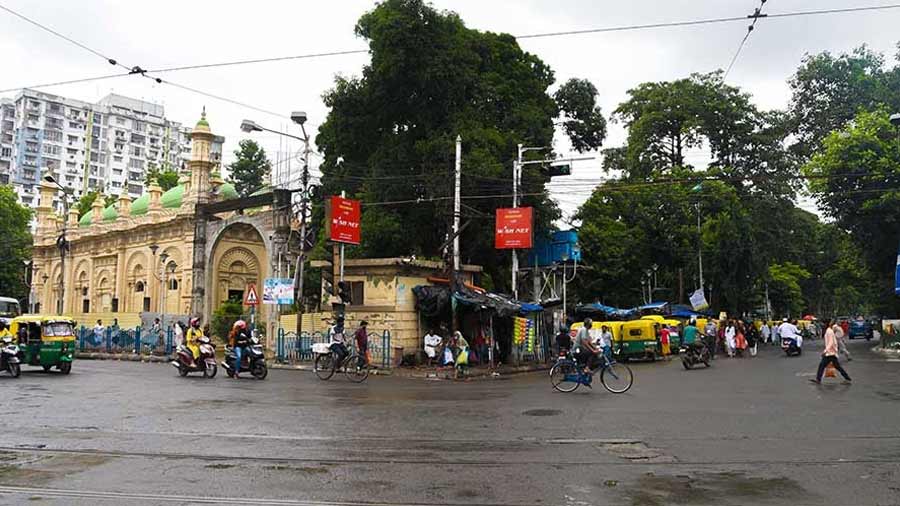
Amit Datta
Prince Anwar Shah Road is named after Prince Gulam Mohammed Anwar Ali Shah, one of Tipu Sultan’s 12 sons. The prince was exiled to this area after the death of his father in 1799. The grand mosque at the mouth of this road was built by the prince, in memory of his father, in 1835. The area is also home to South City Mall, one of Kolkata’s first malls, located at the site of an abandoned Usha factory that used to produce ceiling fans.
Beadon Street
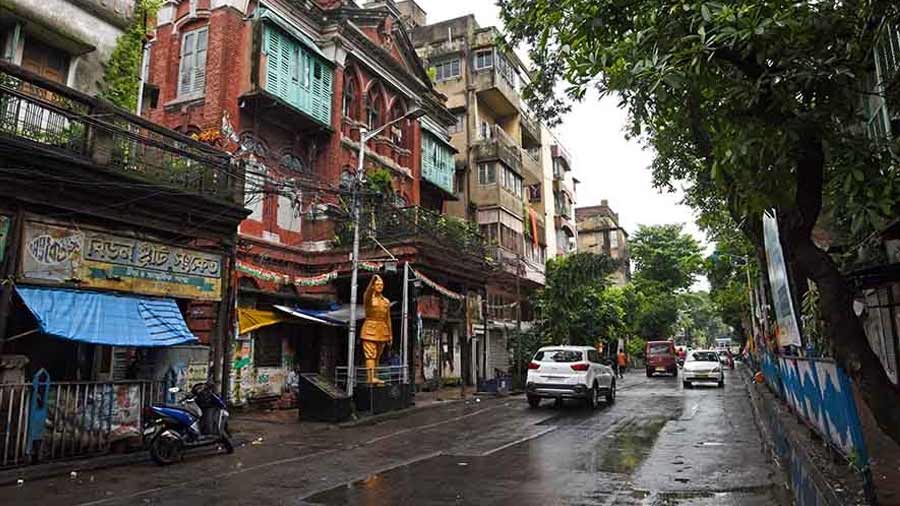
Amit Datta
Beadon Street in north Kolkata is named after Sir Cecil Beadon, the lieutenant-governor of Bengal Presidency from 1862 to 1866. Beadon had set up the Calcutta High Court, merging various legal entities. The street is now officially known as Abhedananda Sarani, as a homage to the disciple of Sri Ramakrishna Paramhansa. The Chaitanya Library on Beadon Street was a treasure trove of antique books.
